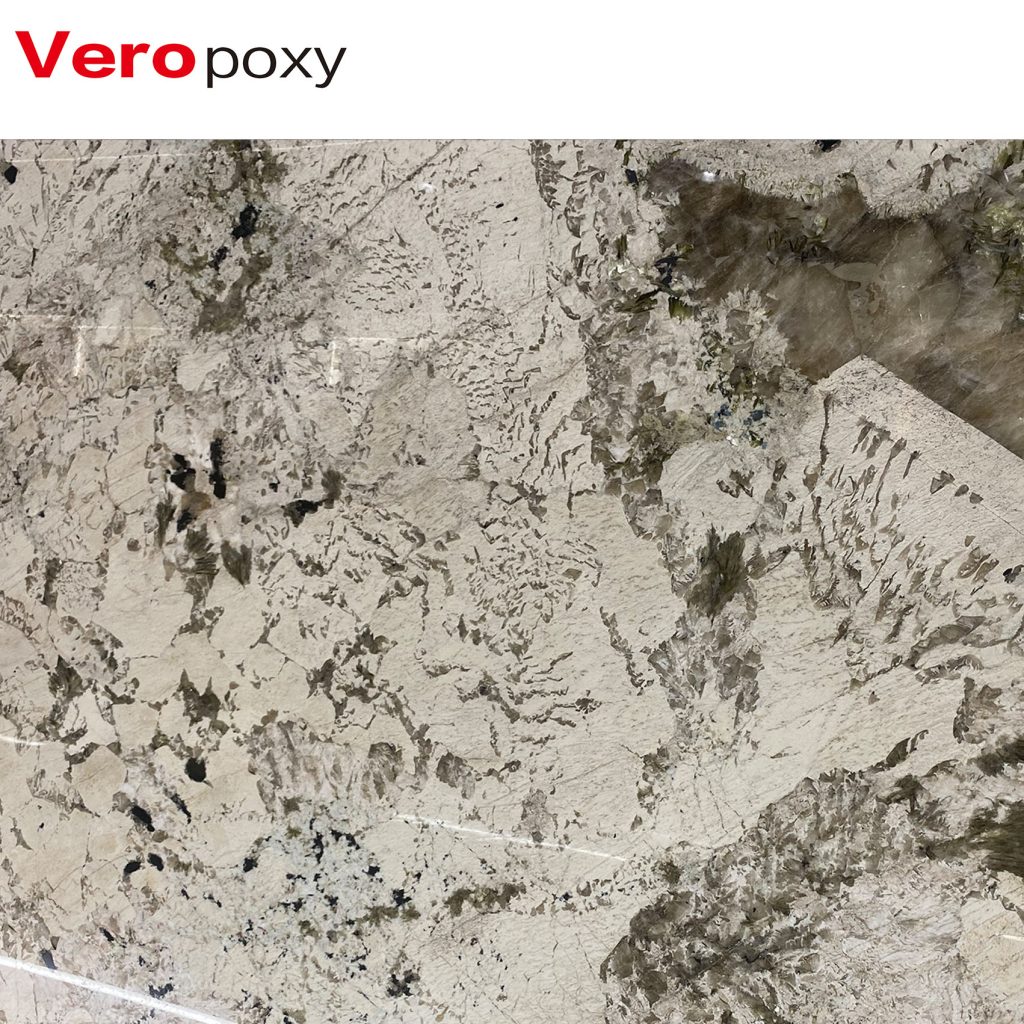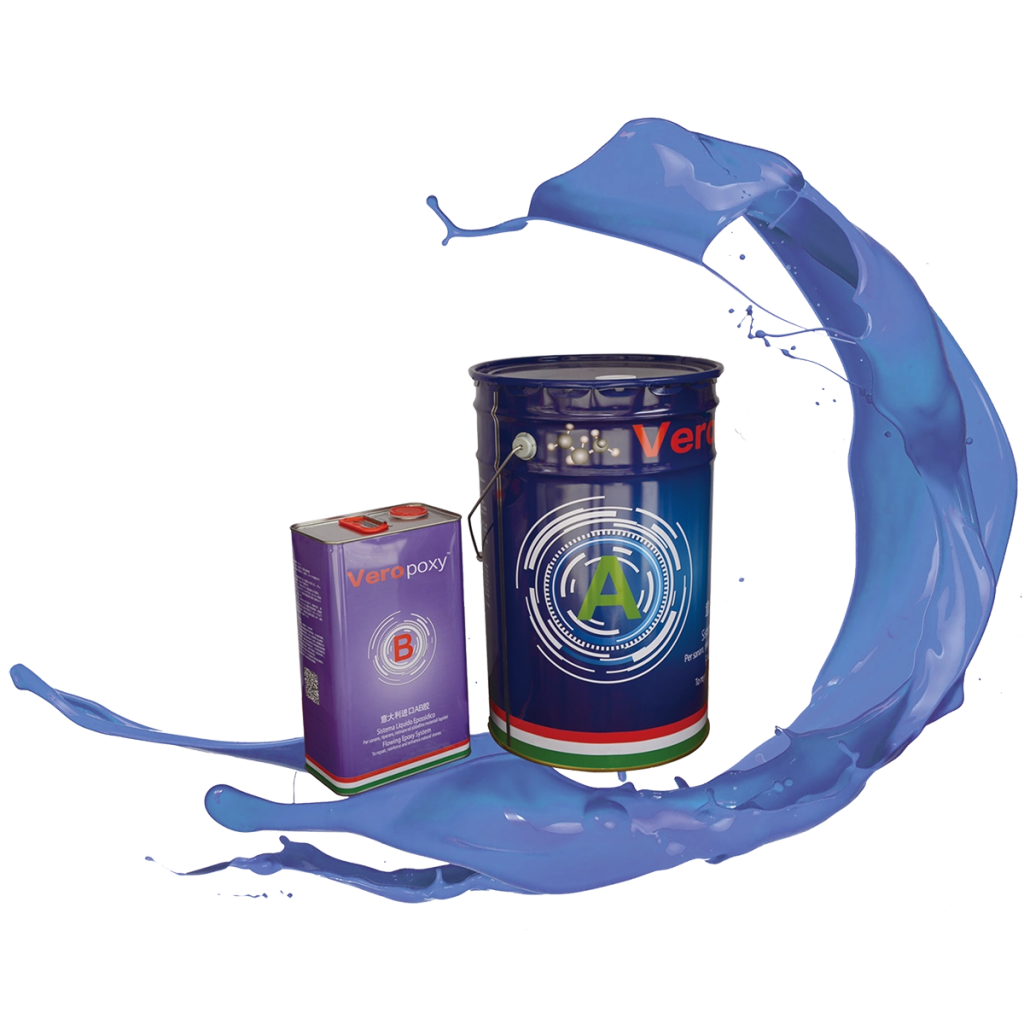Enhanced epoxy resin marble slab casting

- Feature: Epoxy Resin for Gray Marble
- Applicable material: Diano Real Gray Marble,Venetian Brown
- Epoxy system code: 4099+B25Q-KG
- Epoxy system ratio by weight: 100:25
- Curing effect: Forms a liquid sealing layer
Overview
This product is a two-component adhesive, consisting of epoxy resin, toughening agent, and filler, and a modified amine curing agent. Epoxy resin is a high-performance material used in marble slab production, improving wear resistance, anti-fouling ability, and appearance. It is widely used in homes, businesses, and luxury hotels to maximize marble’s use value.
Product Description
Product Features
| Feature | Epoxy Resin for Gray Marble |
|---|---|
| Applicable Material | Diano Real Gray Marble, Venetian Brown |
| Epoxy System Code | 4099+B25Q-KG |
| Epoxy System Ratio by Weight | 100:25 |
| Curing Effect | Forms a liquid sealing layer |
| Durability | High stability and long-lasting after curing, good yellowing resistance, low viscosity, strong bonding |
| Ease of Use | Easy to mix and apply, no special tools required |
Product Highlights
* Simple User Interface
Perfect texture, convenient 1:1 ratio, easy to use for both beginners and experts. No need to wear a mask while working.
* Safety First
Made with premium non-toxic ingredients, 100% safe for indoor and outdoor use, clear epoxy does not contain any harmful chemicals, reactions or fumes!
* Powerful UV Light Resistance
Self-leveling formula provides top-level UV protection coating Experience powerful light and excellent gloss, guaranteed for lifetime use!
Usage Instructions:
Clean the surface of the Marble to ensure it is dust and oil-free.
Mix the epoxy resin and hardener in the ratio specified in the instructions.
Use a specialized tool to inject the mixed epoxy resin into the cracks and pores of the Marble.
Allow the epoxy resin to cure completely, which usually takes 24 hours.
After curing, if necessary, sand and clean the surface.
Precautions:
Use this product in a well-ventilated area.
Keep out of reach of children and pets.
Read the product manual carefully before use.
Packaging Specifications:
1 kg container
5 kg container
Shelf Life:
12 months when unopened.
Operation method
1. Weigh glue A and glue B according to the specified weight ratio, pour into the prepared clean container, rotate clockwise along the container wall to mix evenly, and let it stand for three to five minutes before use.
2. Use glue according to the use time and quantity to reduce waste. When the temperature is below 15℃, please heat glue A to 30℃ before mixing with glue B; the glue must be covered after use to prevent moisture absorption and drainage. The glue will thicken at low temperatures.
3. When the relative humidity is higher than 85%, the surface of the cured mixture will absorb moisture in the air and form a layer of white mist on the surface. When curing at room temperature, it is not suitable for relative humidity higher than 85%. It is recommended to use heating curing.
Storage of epoxy resin
Epoxy resin should be stored in a dry, cool, well-ventilated room, avoiding direct sunlight and high temperature environment. Usually between 15℃ and 25℃, the appropriate storage temperature controls the relative humidity between 40% and 60%.
Epoxy resin should be stored in corrosion-resistant, well-sealed containers to avoid contact with moisture, air and other materials. The storage space should have clearly visible safety signs containing flammable, toxic and corrosive warnings.
Epoxy resin is a flammable substance, so fire prevention should be considered when storing it. Store epoxy glue away from flammable objects or fire sources to prevent fire.
Avoid sunlight, as long-term exposure of epoxy resin will affect its performance and quality. Therefore, epoxy resin should be kept dark and away from direct sunlight.
Epoxy resin usually has a fixed shelf life, and its performance may change once the shelf life expires. Therefore, before use, you should investigate the shelf life of epoxy resin and try to use it within this range.
Epoxy resins are usually packaged in sealed containers, which are then sealed; therefore, unused resin should be stored in sealed containers. After opening the package, make sure the container is well sealed so that the resin does not absorb moisture or cure due to contact with air.









